A Civil War Breakdown: Battle of Westport
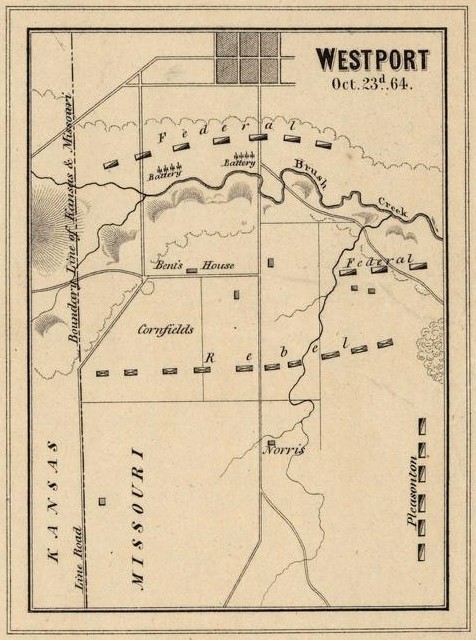
The year 2014 marked the sesquicentennial anniversary of the bloody Battle of Westport. In short, it’s been 150 years since the biggest, baddest showdown the West ever witnessed over the span of the Civil War. And it happened right here in Kansas City, Mo.
A Little Background
The Civil War endured from 1861 to 1865, a nationwide clash between the Northern and Southern states. United States President Abraham Lincoln and the Northerners harbored divergent opinions on slavery (among a few other issues) than did the South.
One of the key catalysts of the Civil War was the subject of slavery. In the most basic of terms, Abe (possibly politically motivated) and the North abhorred forced servitude, the buying and selling of humans and the devastating conditions and treatment of those humans, and believed them to have rights as any man or woman should. The South – mind you, massive in the cotton business – believed the slaves to be property, fair and square, and also necessary to accomplish the immense amount of work to be done in the cotton fields.
Tempers rose and thusly, conflict. With South Carolina the instigator, seven states seceded from the Union to form the Confederate States of America. And war broke out – the only domestic war to be fought between its own citizens. The Civil War casualty toll exceeded 600,000 American people.
In the midst of this horrific warfare, one tenacious man and his troops resolved to take the state of Missouri for the Confederacy. After failing in Lexington, Mo. and Jefferson City, Mo. – and not to mention, losing hordes of men in these fiascos and to disease – the Major General set his sights upon a little place called Westport.
The Who
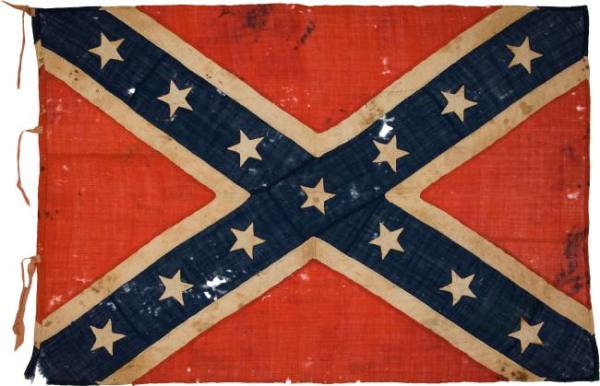
The Confederacy, aka the Confederate States of America, the South, Rebels, Confederates, Johnnies
8,500 men strong: The Army of Missouri
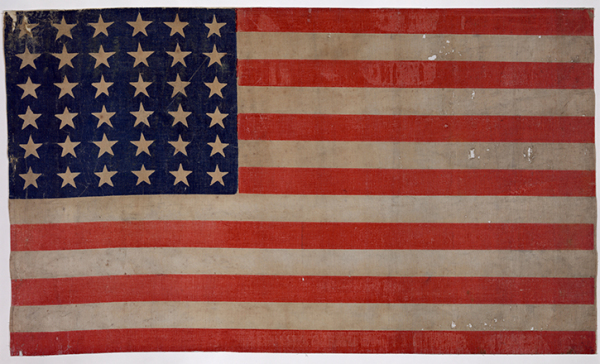
22,000 men strong: the Army of the Border (Kansas), militiamen, Jayhawkers, and a Tennessee infantry
The What
The Battle of Westport, aka the “Gettysburg of the West” (the Battle of Gettysburg, Pa. was one of the most detrimental conflicts of the war, with 51,000 deaths), was a battle between the Union and the Confederacy for the state of Missouri amidst a bloody, soaring-death-toll Civil War. The Battle of Westport itself saw 3,000 casualties.
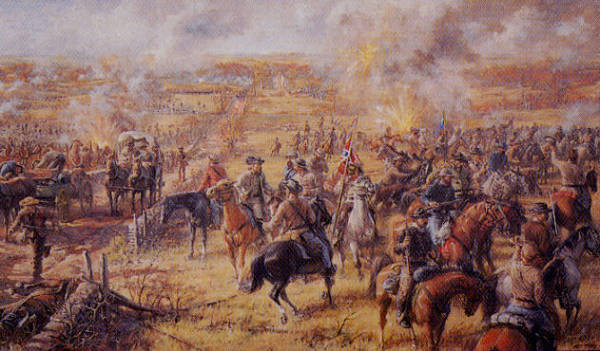
The Where
Westport, Mo. (located in Kansas City, Mo.), specifically the Brush Creek/Swope Park area, and places like 1032 W. 55th Street (The Battle of Westport), 61st and Wornall (“Collin’s Battery”) and 7850 Holmes (“Shelby’s Last Stand”).
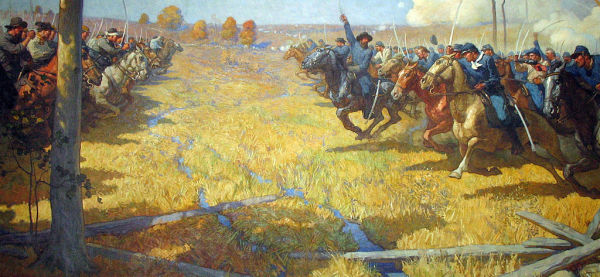
Painting by N.C. Wyeth
The When
October 23rd, 1864, at the tail end of a long, desiccated summer; drought swept the Midwest that year.
The Why
So, we’ve touched on the Civil War a bit. We had the Yankees and we had the Rebels. We had the Missouri territory – and Maj. Gen. Sterling Price, a Rebel, wanted Missouri for the Confederacy and ultimately, to overthrow Abe. His troops charged first at Lexington and then Jefferson City; after little success in either town, Price aimed for Westport.
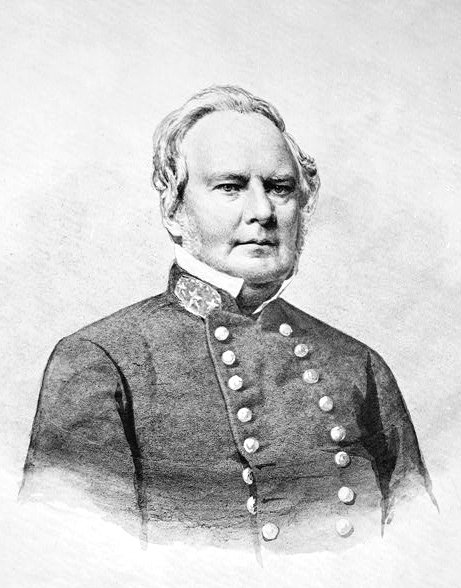
The How
Upon word that Price and company were on the move (Wild Bill Hickok was a great informant), Maj. Gen. Samuel Curtis rallied the Army of the Border. Accompanied by various Kansas militiamen – including the Jayhawkers – and a Tennessee division on loan, the Yanks spread out and organized. A group traveled ahead in attempts to avert the Army of Missouri, who managed to get through.
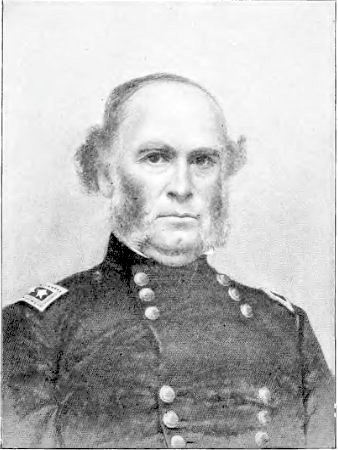
On the 23rd day of October, a furious battle left the field bloodstained. Thunderous cannons blased and smoke from rifles and muskets engulfed the soldiers. John Benton Hart, a soldier in the 11th Kansas Cavalry who fought for the Union in the battle, recounted:
“…Which allowed the Johnnies to come up close to us.
“Fire!” Colonel Moonlight yelled at the top of his voice.
It was almost bright as day when three companies emptied their rifles into that lane full of horses and men. Then the order came to empty revolvers. “Shoot low in there, every man…”
The Johnnies stopped crowding, they were down, horses and men. Everything in a bunch and the lane was blocked. It looked pretty hard from what we could see by the short glimpse of flash light from our guns, but it had to be done.
Everybody had a chance after that to draw a long breath. Never again did they crowd us so fast and furious as that…”
John Benton Hart
Quote courtesy of the Kansas City Star
A Soldier’s Story October 12th 2014
The Federals outnumbered Price’s men 22,000 to 8,500. It was a hard fought, vicious and destructive battle. And it was this very battle that catalyzed the Confederate’s defeat in the West, and ultimately, in the Civil War. One of the most important influences on our present culture and country occurred right where we, today, eat, drink and shop. Next time you sit down at McCoy’s or visit Swope park:
Remember the fallen, over 150 years ago.










